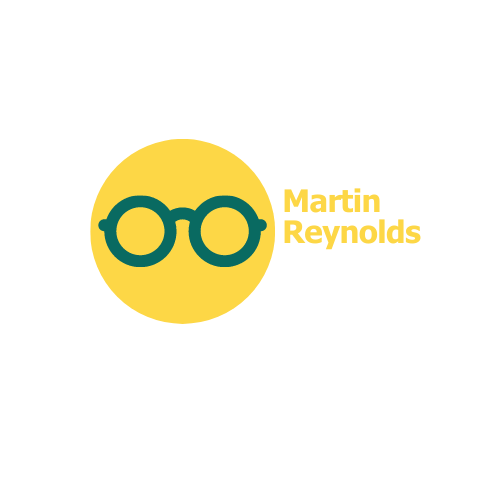The Importance of Early Eye Exams for Children Spotting Issues Early
Introduction:
Ensuring good eye health is essential for children’s overall development and academic success. Early eye exams play a crucial role in detecting and addressing any potential issues that might hinder children’s visual abilities. This article will discuss the significance of early eye exams and highlight the benefits they provide for children’s visual health.
I. The Impact of Early Eye Exams on Overall Visual Development
1. Early detection of abnormalities:
– Regular eye exams help identify any vision problems or abnormalities early on, allowing for prompt intervention.
– Potential issues such as refractive errors (nearsightedness, farsightedness, astigmatism), lazy eye (amblyopia), or crossed eyes (strabismus) can be recognized and treated before they significantly affect a child’s visual development.
2. Development of visual skills:
– Children’s visual skills, including depth perception, eye tracking, and visual acuity, develop rapidly during the early years.
– Early eye exams help ensure these skills are developing properly and identify any delays or difficulties in the process.
– Detecting and treating visual skill deficiencies early can help prevent learning difficulties and ensure children reach their full academic potential.
II. The Benefits of Early Intervention
1. Optimal learning conditions:
– Clear vision is crucial for effective learning, as the majority of information in educational settings is presented visually.
– Children with undiagnosed vision problems may struggle to see the board, read books, or focus on tasks, leading to frustration and poor academic performance.
– Early eye exams allow for timely correction of vision issues, providing children with a level playing field in their educational pursuits.
2. Prevention of permanent vision loss:
– Certain eye conditions, if left untreated, can result in permanent vision loss or irreversible damage to the eyes.
– By conducting early eye exams, eye care professionals can identify and manage these conditions before they progress to a point where they become untreatable.
– Early intervention can save a child from potential blindness or the need for extensive vision correction methods in the future.
III. The Role of Parents and Educators in Promoting Early Eye Exams
1. Awareness and communication:
– Parents and educators should be educated about the importance of early eye exams and the signs indicating potential vision problems in children.
– Regular communication channels should be established to discuss concerns or observations regarding a child’s visual abilities.
– Sharing information, such as eye exam recommendations, with parents and educators can create awareness and encourage proactive steps in seeking timely eye care for children.
2. Collaboration with eye care professionals:
– Building strong partnerships between parents, educators, and eye care professionals is crucial for promoting early eye exams.
– Eye care professionals can work closely with parents and educators to identify any signs of vision issues and offer appropriate guidance and referrals.
– This collaboration ensures that children receive comprehensive eye care and are supported in their visual development journey.
Conclusion:
Early eye exams are an essential component of children’s healthcare, enabling the timely detection and intervention of vision problems. By recognizing abnormalities and addressing them in their early stages, children can achieve optimal visual development, create a solid foundation for learning, and avoid potential long-term damage to their eyesight. Encouraging parents and educators to prioritize early eye exams will help children thrive academically and ensure their overall well-being.
